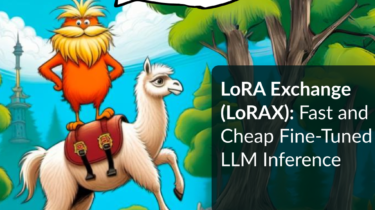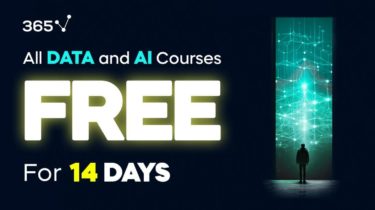Exploring Data using dplyr in R
When you are working on a data science project, the data is often tabular structured. You can use the built-in data table to handle such data in R. You can also use the famous library dplyr instead to benefit from its rich toolset. In this post, you will learn how dplyr can help you explore and manipulate tabular data. In particular, you will learn: How to handle a data frame How to perform some common operations on a data frame […]
Read more








